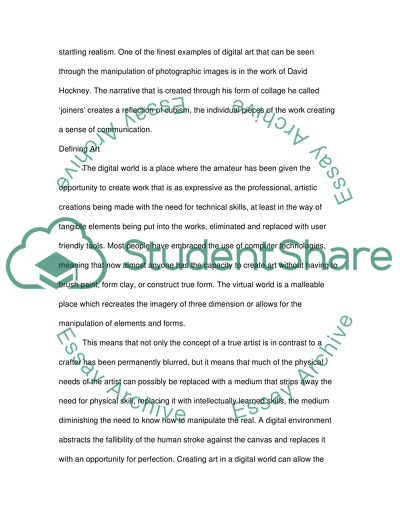Cite this document
(“To what extent do David Hockney and Chuck Close adopt traditional and Dissertation”, n.d.)
Retrieved from https://studentshare.org/family-consumer-science/1404669-to-what-extent-do-david-hockney-and-chuck-close
Retrieved from https://studentshare.org/family-consumer-science/1404669-to-what-extent-do-david-hockney-and-chuck-close
(To What Extent Do David Hockney and Chuck Close Adopt Traditional and Dissertation)
https://studentshare.org/family-consumer-science/1404669-to-what-extent-do-david-hockney-and-chuck-close.
https://studentshare.org/family-consumer-science/1404669-to-what-extent-do-david-hockney-and-chuck-close.
“To What Extent Do David Hockney and Chuck Close Adopt Traditional and Dissertation”, n.d. https://studentshare.org/family-consumer-science/1404669-to-what-extent-do-david-hockney-and-chuck-close.


